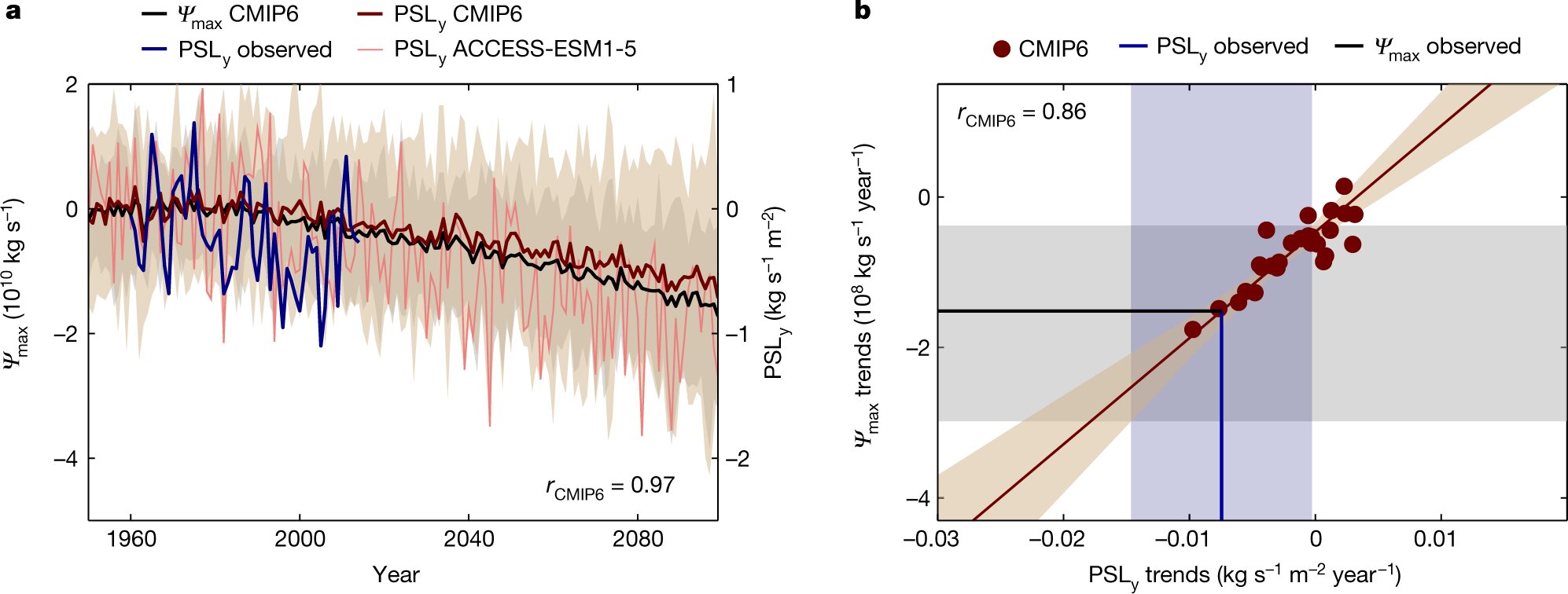Hadley cells play a significant role in global climate regions, affecting the distribution of heat and humidity across low latitudes. The stream of warm, moist air propelled far upward above the equatorial rainforests and oceans moves toward the poles, descends in the subtropical regions, and contributes to the creation of massive deserts like Sahara in northern Africa. The two Hadley cells, northern and southern, circulate most of the heat and humidity across low latitudes, greatly impacting the global distribution of climate regions. The northern Hadley cell contributes to Israel’s semi-arid climate.
Challenges Faced by Climate Scientists
While Hadley cells are critical to climate scientists’ understanding, measuring airflow throughout the atmosphere is challenging. The various models seeking to make sense of the Hadley cells have been found to contradict one another, detracting from researchers’ ability to assess how much humans have contributed to recent climate change. Global climate models suggest that the northern Hadley cell has weakened over the past few decades, whereas observation-based analyses suggest the opposite. This uncertainty undermines the credibility of climate projections, making it ever harder to formulate policies required for dealing with the climate crisis.
Observation-Based Method for Measuring Hadley Cells
In a paper published in Nature, Dr. Rei Chemke of the Earth and Planetary Sciences Department at the Weizmann Institute of Science and Dr. Janni Yuval of the Massachusetts Institute of Technology address the uncertainty that has plagued the existing models for the past two decades. They propose an observation-based method for measuring the intensity of airflow in the Hadley cells.
Chemke and Yuval looked for readily available data they could use to formulate a new way of measuring the cells’ intensity. After examining physics equations describing airflow, they identified a relationship between the Hadley cell intensity and a constantly monitored parameter: air pressure at sea level. They then examined observational data collected over several decades and concluded that the intensity of the northern Hadley cell has indeed been weakening. Moreover, they were able to show with a high level of certainty that this weakening has been the result of human activity and will likely continue in the future.
Over the coming decades, the weakening of the northern Hadley cell is likely to mitigate the projected precipitation changes at low latitudes. It will act to temper both the increase of rainfall in equatorial regions and the reduction of rainfall in the subtropical regions. However, this tempering might only reduce, but not overcome, the projected aridification and desertification of Israel. Dr. Rei Chemke concludes that “Our study shows that human activity is already affecting key global climate phenomena.”
Hadley cells play a crucial role in global climate phenomena, and the weakening of the northern Hadley cell has significant implications. While scientists face challenges in understanding Hadley cells, observation-based methods provide a clearer understanding of the intensity of airflow in the cells. The weakening of the northern Hadley cell has been the result of human activity, which underscores the need for policies to mitigate the impacts of climate change.


Leave a Reply